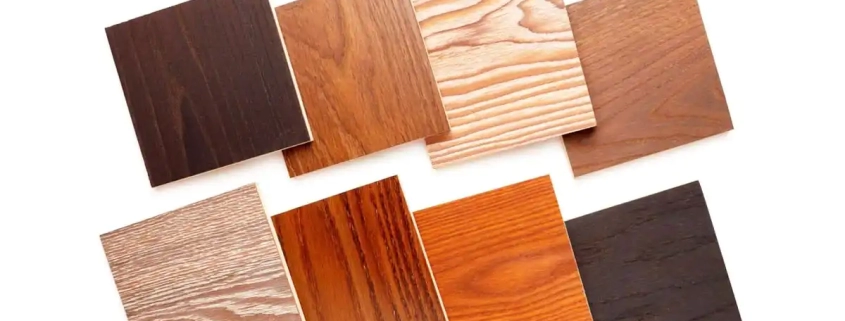4 Types of Furniture Decorative Panels
Decorative panels elevate the look of any room. From wainscoting to panel molding, they are a unique way to add style and personality.
Stylish, durable, and affordable, you can find out wall panels in a wide range of looks and finishes. Explore the possibilities and create a design that’s uniquely you. Easily fabricated to fit any size project, this versatile cladding can be used for walls, furniture, and more.
Veneer
A veneer is a thin slice of natural wood that is attached, through gluing or pressing, to something else. In furniture, it’s used to give a piece of wood the appearance of being entirely made from wood rather than a composite material such as particleboard or fiberboard.
Any kind of wood can be cut into veneers but the most common are maple, birch, and cherry. More expensive woods like mahogany can also be sliced into veneers and used in higher-end custom-made furniture pieces.
Each veneer is cut into a number of slices that are conserved in order, known as a “flitch”. The flitch can be matched in a variety of ways to produce different grain patterns in the finished panel. One of the most popular techniques is called “book-matching” which produces a seamless look.
Interior PVC Film
If you are looking for something that adds some texture to your space, a PVC film is the perfect option. It comes in a plethora of colors and designs, so you can find one that fits your decor. However, it’s important to know that not all films will work on every surface. For example, slapping a deep red on your door will not look good.
Many people use this type of material for their cabinets, as it gives the cabinet a more wooden look. Some even apply it to their window frames, which can add more style to the windows. Others use it for doors, as it can help them give a more sophisticated look to their entryways and make a good first impression on guests.
Another thing that PVC film is great for is covering metals, such as steel or aluminum. This way, the metal won’t get scratched or rusted. Moreover, the film will protect the metal from the sun’s rays and other environmental conditions.
HPL
HPL is a decorative material that comes in many colors, textures and styles. It is formed through thermo-pressing the different layers of impregnated kraft and decor papers.
This process is similar to TFL, but the core of the HPL is made from a composite wood (mainly particleboard and MDF). A phenolic resin is used to melt and fuse the kraft and decor papers.
The resulting product is strong, resistant to abrasion and impact, non-porous, and easy to clean. It can also be fabricated in a wide variety of shapes and forms, making it suitable for countertops, wall cladding, and furniture.
A special postforming grade of HPL can be heat-shaped to create rounded edges on opposite sides of the same panel. This allows fabricators to add a design element to corners or other difficult-to-reach areas. It can even be shaped to a convex or concave shape, like the curved wall of a gymnasium featured in 2b architects’ Roof extension for Sylvana Hospital.
Melamine Faced Board
Melamine faced board is a raw chipboard panel covered on one or both sides with decorative paper impregnated with melamine resin. There are many different styles, colours and textures. The melamine facing may also be patterned.
The melamine surface of this material is durable and easy to clean. It is resistant to heat, cold, moisture and insects. It can be used for kitchen cabinets, wardrobes, furniture and commercial uses.
There are many options for textured finishes such as synchronized wood grain, gloss/matte variations and deep stone and wood textures. There are also a number of colours and patterns to choose from.




Leave a Reply
Want to join the discussion?Feel free to contribute!